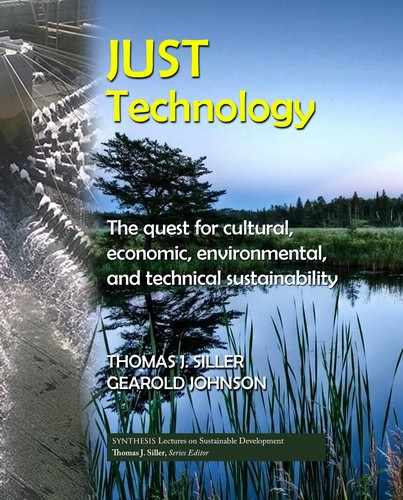
17
C H A P T E R 3
Sustainability
3.1 DEFINITION
Sustainability, and all its variants, e.g., sustainable development, green buildings and construc-
tion, etc., often lack clear, and precise definitions. Most definitions trace back to the World
Commission on Environment and Development [27] report that results in a definition like this:
“…meets the needs of the present without compromising the ability of future generations to
meet their own needs.”
e American Society of Civil Engineers [28] also provides a definition for sustainability:
“…as a set of economic, environmental and social conditions in which all of society has the
capacity and opportunity to maintain and improve its quality of life indefinitely, with-
out degrading the quantity, quality or the availability of natural, economic and social re-
sources.”
Starke et al. [29] claim, and we tend to agree, that the use of the word has become so
ubiquitous that it no longer carries the significance it had when first defined—they use the term
“sustainabable” to characterize this concept. To counteract this babble, they proposes several
difficult questions that need to be addressed.
• Is sustainability still possible?
• If humanity fails to achieve sustainability, when—and how—will unattainable trends end?
• How will we live through and beyond such endings?
While all these questions are important and related, for us the important discussion that
needs to be addressed is related to the first question: Is sustainability a concept that can become a
reality or is it an ideal that shall always be beyond the reach of human actions? e first definition
above is pretty severe in terms of current actions: the effects of our actions cannot negatively
impact future generations’ ability to accomplish their own goals. e definition from ASCE
reinforces this concept by indicating no degradation of the quantity of resources. For this goal
of no future impact to be true it would require that any resources we choose to use, be it fossil
fuels, minerals, or clean water, would be just as available in the future as they are now—or
an equivalent substitute would be available. For example, the push to use renewable natural
..................Content has been hidden....................
You can't read the all page of ebook, please click here login for view all page.
